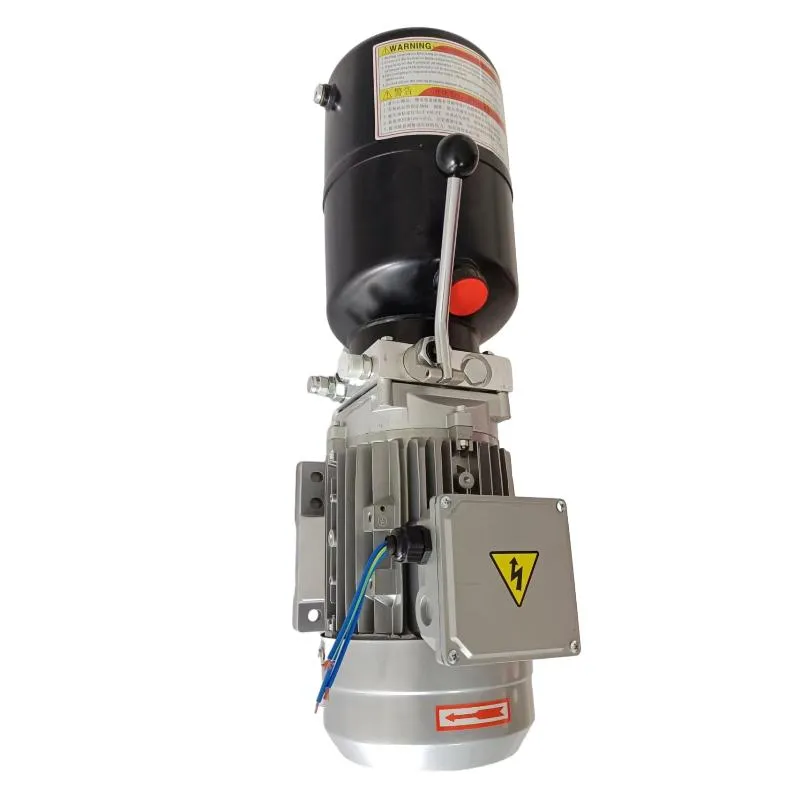ធ្នូ . 04, 2024 09:19 Back to list
hydraulic cylinder tubing products
Understanding Hydraulic Cylinder Tubing Products A Comprehensive Overview
Hydraulic cylinder tubing is a pivotal component in various industrial applications, from construction machinery to automotive systems. These tubes are designed to withstand high pressures and provide reliable performance in hydraulic systems. This article delves into the essential features, types, manufacturing processes, and applications of hydraulic cylinder tubing products.
The Importance of Hydraulic Cylinder Tubing
At the heart of any hydraulic system is the hydraulic cylinder, which converts fluid power into mechanical energy. The tubing serves as the conduit through which hydraulic fluid flows, enabling smooth operation of the hydraulic cylinders. This system relies on a compact and robust design to maintain efficiency and safety under various operating conditions.
Hydraulic cylinder tubing must possess particular characteristics, such as high tensile strength, corrosion resistance, and dimensional accuracy. These features ensure that the tubing can endure the extreme pressures typical in hydraulic systems, often exceeding several thousand psi (pounds per square inch). Any failure within this component can lead to system malfunctions, potentially resulting in hazardous situations or costly downtime.
Types of Hydraulic Cylinder Tubing
Hydraulic cylinder tubing products come in various types, depending on the specific application and requirements
1. Seamless Tubes These tubes are extruded from solid rods, creating a continuous piece without any seams or welds. This manufacturing process enhances the strength and reliability of the tubes, making them ideal for high-pressure applications.
2. Welded Tubes These are manufactured by rolling a flat sheet of metal into a cylindrical shape and welding the edges together. While they are generally less expensive than seamless tubes, welded tubes may not be suitable for all high-pressure applications due to potential weak spots at the welds.
3. Cold Drawn Tubes This process involves reducing the diameter of the tube at room temperature to enhance its yield strength and finish. Cold drawn tubes generally have better dimensional tolerances and surface finishes, making them a popular choice in hydraulic applications.
4. Chrome-Plated Tubes For applications that require enhanced wear resistance, chrome-plated hydraulic tubes are available. The chrome plating not only improves durability but also provides an added layer of protection against corrosion.
Manufacturing Process
The manufacturing process of hydraulic cylinder tubing typically involves several key stages
hydraulic cylinder tubing products

- Material Selection The choice of material is crucial, often involving carbon steel or alloy steel, which guarantees the necessary mechanical properties
.- Forming For seamless tubes, the process begins with hot working of metal billets. In the case of welded tubes, the flat sheet metal is shaped into a tube.
- Heat Treatment This step is employed to relieve stress, enhance the mechanical properties, and improve the toughness of the tubing. Typical treatments include annealing and quenching.
- Cold Working Tubes may undergo further processing through cold drawing, which improves surface finish and dimensional accuracy.
- Finishing Final stages include cutting, polishing, and, if necessary, chrome plating. The tubes are then tested for quality control, ensuring they meet industry standards.
Applications of Hydraulic Cylinder Tubing
Hydraulic cylinder tubing finds applications in numerous sectors
- Construction Heavy machinery, such as excavators and bulldozers, relies on hydraulic systems for operation. The strength and reliability of the hydraulic tubes are critical in these environments.
- Automotive Power steering systems and braking systems in vehicles utilize hydraulic cylinders, where tubing must maintain integrity and performance under pressure.
- Manufacturing In factories, hydraulic presses and drills often depend on high-pressure tubing to function effectively.
- Aerospace and Defense Here, the reliability of hydraulic systems is paramount, requiring tubes that meet stringent safety standards.
Conclusion
Hydraulic cylinder tubing products are integral to the performance and efficiency of hydraulic systems across various industries. Understanding the different types, manufacturing processes, and applications of these products is essential for selecting the right tubing for any specific need. As industries continue to evolve and demand greater efficiency, the role of high-quality hydraulic tubing will only grow in importance, underpinning the effectiveness of systems that power modern machinery. Whether you're involved in engineering, maintenance, or simply seeking knowledge about hydraulic systems, recognizing the significance of hydraulic cylinder tubing is vital to understanding how these systems operate.
-
1.5 Ton Lifting Cylinder 70/82-40-290-535-Hebei Shenghan|Precision Engineering&Customization
NewsAug.07,2025
-
1.5 Ton Lifting Cylinder-Hebei Shenghan|Precision Engineering&Customization
NewsAug.07,2025
-
Turbocharged 1.5 Ton Cylinder | Model 80/95-40/60-35-124
NewsAug.07,2025
-
1.5 Ton Lifting Cylinder - Hebei Shenghan|High Load, Durable, Custom
NewsAug.06,2025
-
1.5 Ton Lifting Cylinder 70/82-40-290-535 - Hebei Shenghan Hydraulic Machinery Co. Ltd.|Precision Lifting&Heavy-Duty Performance
NewsAug.06,2025
-
1.5 Ton Lifting Cylinder 70/82-40-290-535 - Hebei Shenghan | Heavy-Duty Hydraulic Solutions
NewsAug.06,2025
